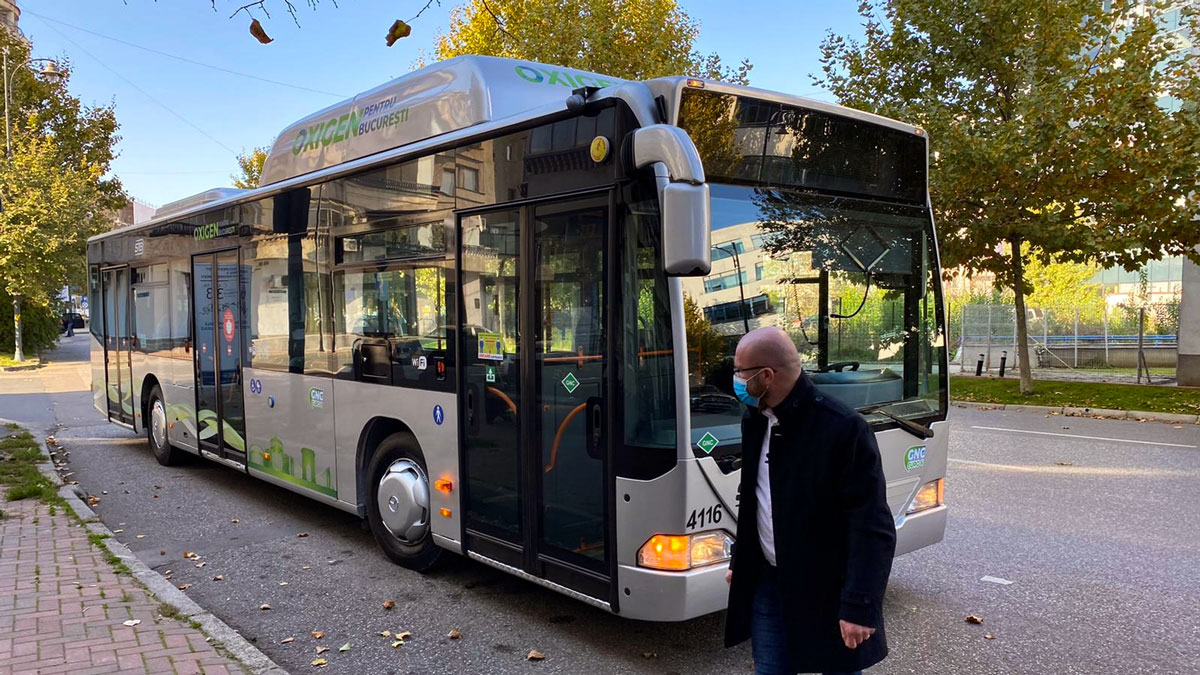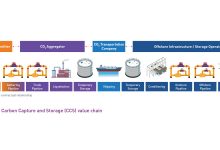First Bus Modernized from Diesel Engine to CNG (from Euro 3 to Euro 6)
In a world that lays increasing emphasis on reduction of pollution and carbon emissions in the great conurbations, Bucharest takes a step forward through the technological transformation of a large part of its fleet that ensures public transport.
Therefore, the Bucharest Transport Company (STB) and its partners realized the first bus in Europe modernized by transforming the Diesel engine with Euro 3 pollution norm to run on compressed natural gas (CNG) and having Euro 6 norm.
This first bus was type-approved at the Romanian Automotive Registry (R.A.R.), where it was tested by specialists to be able to enter circulation.
The engine has great advantages, natural gas being much cheaper than liquid fuels, which will lead to reduced costs in terms of consumption.
The bus will remain in circulation for testing and monitoring and depending on results its executant will continue to adjust to optimize efficiency and consumption.
Moreover, STB will modernize 600 vehicles of its fleet, turning them into CNG-powered buses with Euro 6 pollution norm. This project will reduce pollutants and renew the fleet.
Therefore, for the first time at European level, hundreds of buses with Euro 3 pollution norm of the STB fleet will be turned into CNG-powered buses, Euro 6, to align to European standards and Directive of the European Parliament on the promotion of clean and energy efficient road transport vehicles.
The project also considers transformation of other 150 old Mercedes buses into trolleybuses, as well as the expansion of the transport network in deficient areas: Gara de Nord, Bd. Ion Ionescu-Sisesti, Berceni.
Since mid-November, STB has a new General Manager, Mihai Petcu, who has extensive experience in the automotive and financial fields, having previously held several management positions in both reputable multinational companies and local companies.
About STB
The Bucharest Transport Company is the main public transportation operator in Bucharest and Ilfov County and has one of the most extensive transportation networks in Europe, with a length of the routes of 1651km, double track. The transportation network covers an area of 633 km², of which, 228 km² in the urban area.
STB has about 2000 vehicles (buses, trolleybuses, and trams) which perform, yearly, over 700 million urban, regional, and express trips.
STB uses for payment a modern toll system, based on contactless cards technology. The trip can also be paid by SMS, by the mobile app BPay, as well as by the contactless bank card (this product is currently being drafted and operates only on Express lines 780, 783 and 784 but it will operate on all the other new vehicles).
The company has its own factory, which has a history of over 100 years, where various types of works are performed (repairs, refurbishment, upgrading etc.) as well as manufacturing of vehicles.
Over time, the activity of the company has changed many times in terms of the organizational structure and the adopted strategies have been channelled on the trends.
The first horse drawn trams appeared in Bucharest in 1871. That meant the beginning of public transportation in the city and the need for its development led to the establishment of the Bucharest Tram Society (STB) in 1909.
In 1950, the Bucharest Tram Society became ‘The Bucharest Transport Enterprise’ (ITB) and then, in 1990, it became The Bucharest Autonomous Transport Company (RATB). This led to the development of a new strategy regarding surface public transportation in Bucharest. At the same time, the taxi and maxi taxi service was detached from RATB.
By changing its legal form and becoming a joint stock company, RATB became The Bucharest Transport Company, on September 13, 2018.
STB operates 19 parking and maintenance facilities.







